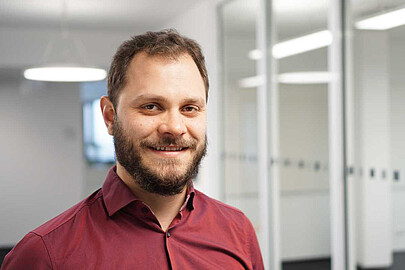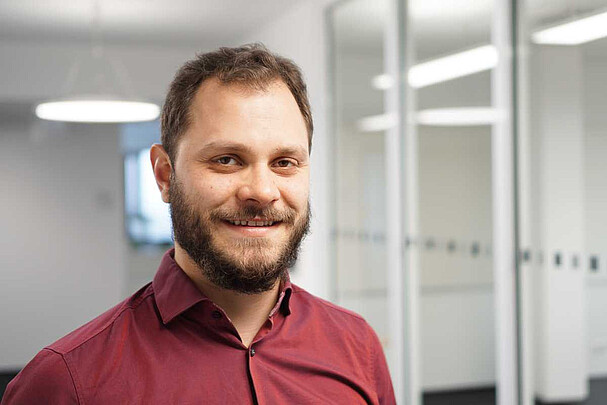The design of a quantum computer comes with high requirements as scalable physical systems with well-characterized qubits or a "universal" set of quantum gates. One of the experimentally most advanced scalable physical systems are trapped ions. Here, the qubits are encoded in the energy levels of a single ion. The interactions between ions are mediated by the common motional state of the ions and are coupled to the internal state using sideband transitions. Demonstrations experiments have been shown promising approaches using a large number of interconnected Paul traps which allows for confining single ions at individual trap sites and shuttling between these traps by adjusting the trapping potentials. The information can hence be transported between single ion traps. The development of surface-electrode ion traps, in which the trap electrodes are in the same plane and the ions trapped a few tens microns above the surface has a huge impact on scaling up the architecture. In ion traps, the two relevant degrees of freedom for the quantum control are the internal degrees of freedom (the internal energy levels) and the motional degrees of freedom. Laser beams can couple these different degrees of freedom and thus enable the required multi-ion spin-spin interactions mediated by the shared motional state. Scaling up the systems towards multiple ion trap arrays produces a large laser overhead. To handle the overhead spin-motional coupling by integrated microwave conductors was introduced. The ability to use microwaves instead of laser radiation is motivated by the structure of the internal energy levels of the ions. Often, these levels are hyperfine levels separated by a microwave frequency. The coupling can be induced through an amplitude gradient of an oscillating magnetic field provided by microwave conductors integrated into the trap structure. Note that due to the long wavelength compared to the small application size the trap chip operates the near field and is thereby very sensitive to small variations in the conductor geometry.
Corresponding Lectures
Responsible Research Assistants

30167 Hannover










